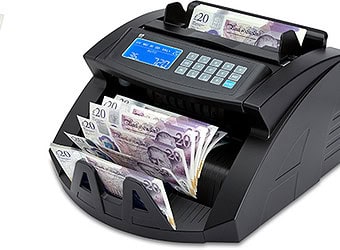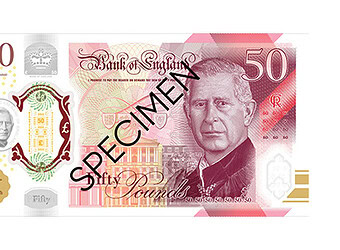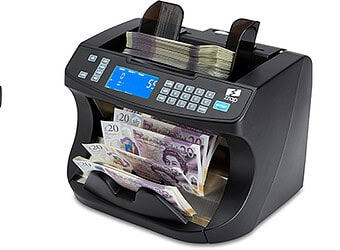Despite advances in card technology, private individuals still choose to pay by coins and banknotes for 52% of their transactions (Source: Payment Council) and with polymer banknotes and the new £1 coin coming out in the near future, cash is still very much in the game. However is the way you handle your cash losing you money? You are unlikely to know if your cash handling is letting you down so its a good investment of your time to implement a cash handling policy. In this article I provide you with the best cash handling policies and procedures. I have also provided a quick overview of what types of safes complement a good cash handling process.
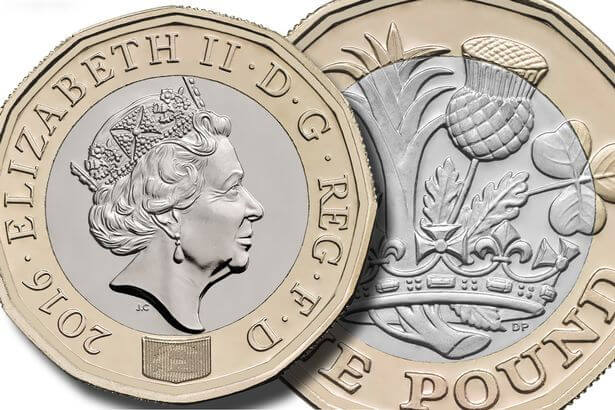
The new £1 coin, due to enter circulation in March 2017
Why learn about cash handling?
To put it simply good cash handling can eliminate cash loss, save time and improve accountability. When employees steal from the till, this results in cash loss and discrepancies. Cash loss is a big problem in small businesses. An estimated 64% of small businesses are affected by employee theft, with just 16% reporting the crime. 10,315 employee theft cases were reported in 2013/14. Although the figures have decreased in recent years, it is worth noting that the majority of employee theft goes unreported or even unnoticed. Employee theft and fraud cost British businesses a massive £1,681 million pounds in 2012/13 and to add to that, in the same year £995 million was spent on security and loss prevention. The chances are employee theft is already happening in your business.
Without cash handling policies, cashiers, especially if left on their own may cut corners and undertake bad practises. Without any controls in place, a cashier can do what they want. This makes it all too easy for them to waste time, skip or partially complete tasks and make errors. To top it off, cashiers normally escape punishment on a consistent basis since no controls means no accountability. Even if you trust your cashier, that doesn’t mean they’re doing the job correctly.
Further cash handling inefficiencies can be attributed to a lack of (or non-existent) cash handling equipment. Percentage-wise British Pound Sterling is one of the most counterfeited currencies in the world. With nearly £5 million counterfeit banknotes found in 2015 alone, it’s important to have effective counterfeit detectors at the point of sale. Like employee theft, counterfeits are taken straight from your bottom line profit. Another way to significantly increase efficiency is to use a cash counter. Cash counters can count cash faster and more accurately than even the most experienced cashier. Finally, point of sale safes are integral to a secure cash handling process. Cash handling specialists such as ZZap Ltd help you choose the right equipment to eliminate human error, increase efficiency and reduce cash loss.

Policies & procedures
A cash handling policy is set of rules to control the way cash is handed. Cash handling policies normally focus on reducing cash loss however they can also help increase efficiency and reduce human error. The key areas to include in a cash handling policy are listed below:
1. Background checks & dependability
If your employee is going to be trusted with your cash, you should make sure they are trustworthy. For new employees, check the validity of their statements on their CV or application. Studies show one-third of all applications contain outright lies. If they are being dishonest on their application they’re more likely to be dishonest handling your cash. Its also a good idea to do background checks on your employees to see any previous convictions. To view someones criminal record, you have to apply for a DBS check. All the information is provided on the gov.uk website.
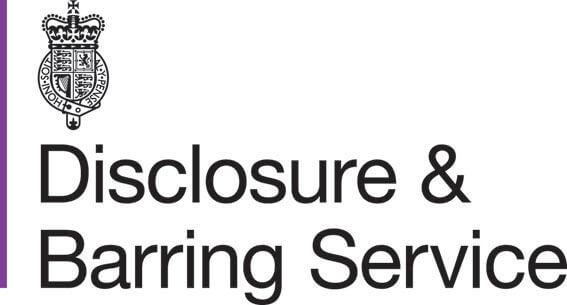
2. Cash should never be handled by one person
If you watch police, armoured service technicians and clerks depositing cash into a safe they are often in pairs. High risk tasks need two people present; one to carry out the activity, the other to monitor safety and oversee the task. Whether the cash is being transported, put in a safe or counted, having two people present significantly reduces the risk of errors and cash loss.

3. Separate duties
When only one person has the responsibility of the entire cash handling process, the chances of theft and inefficiency significantly increase. Separating duties, also know as duty separation splits up the cash handling process into smaller tasks. Each task is carried out by a different person. This means each person in the process becomes accountable to the others.
4. Create accountability
Duty separation goes hand in hand with creating accountability. You should know where your cash is and whose responsibility it is, at all times. Each task should be designated to an individual and they should be made fully aware that they are fully responsible for that part of the cash handling process. The employees also need to record their cash activity through receipts and records. Once accountability is established, irregularities or discrepancies can be traced to specific individuals.
5. Keep the amount of cash in the till to a minimum
If a robber held-up your store it would be very wise to hand over the money. However, it is up to you how much cash is available in the till. Throughout the day the amount of cash in your cash drawer will increase, so potentially you have more to lose. Therefore it’s necessary to make regular cash deposits into a POS safe or a secure location to keep cash in the till to a minimum. Furthermore, employees are likely to think if they steal from a cash drawer with plenty of cash there’s a higher chance their theft will go unnoticed.
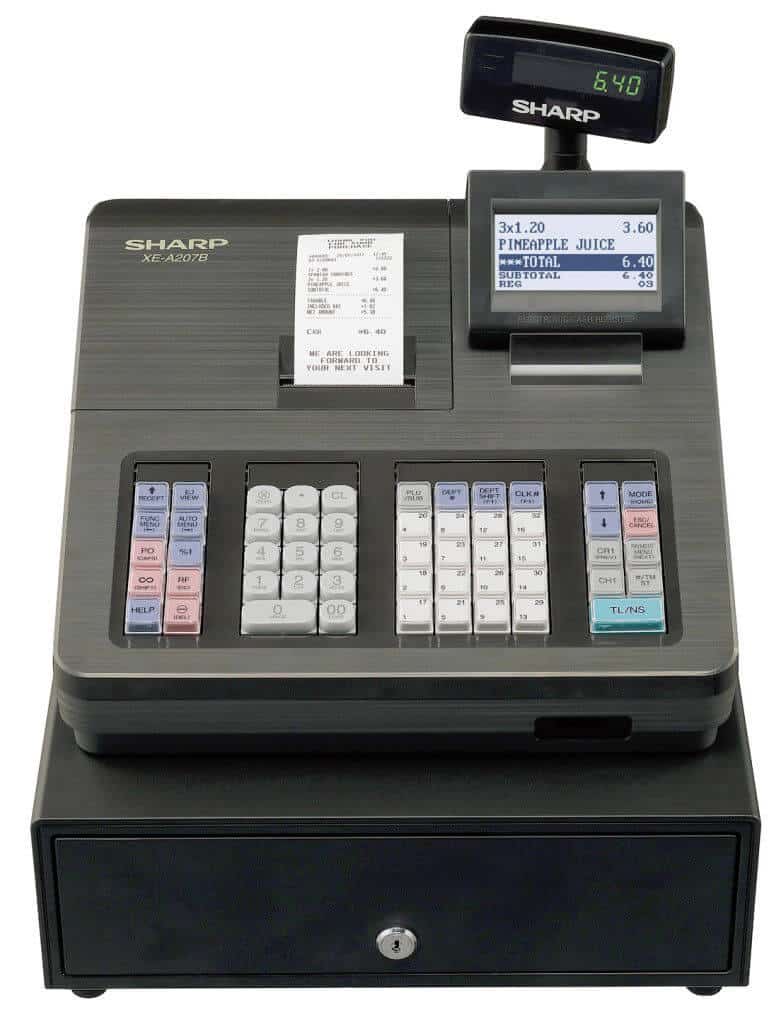
6. Don’t use a slush fund
A slush fund is used to offset the cash surplus or deficit in the till. If at the end of the day there’s a cash surplus, this is added to the slush fund. If there are cash shortfalls, this is taken from the slush fund to make up the difference. Although this may seem effective, it hides the true picture of your overall cash deficit and you can quickly loose sight of the problem. Slush funds by nature blur the divide between company money and ‘un-claimed’ money, leading even the most honest employees to steal what they think is surplus. Ultimately it’s an environment where employee theft can flourish undetected.
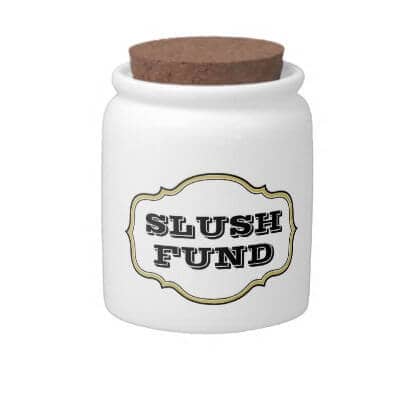
7. Communicate the policy regularly and effectively
An effective cash handling policy needs to be clear and straight forward to avoid confusion. Procedures & policies should be communicated to your employees through notices around the workplace, regular emails, content in the employee handbook, etc. These points of contact make sure the policy is fresh in their mind. It’s also necessary to have an individual meeting with each employee explaining the policy, this way employees can ask questions and can ultimately be held more accountable to the rules. The more frequently the policy is communicated the more your employees will respect the rules. If this still doesn’t get the message across, you should start to communicate the consequences, for example the potential for a criminal record or prison time. Make sure you stick to the rules vigilantly or your employees won’t.
Cash handling policy example
Below is an example of a small business cash handling policy. No business is the same, so it should be adapted to your specific cash handling processes. You could also add employee names to some tasks to communicate each persons responsibility.
Cash handling policy
Must be adhered to at all times.
Cash handling rules:
- Only authorised employees can handle company cash.
- A slush fund is not allowed in any circumstances. Cash surpluses and deficits should be recorded and accounted for.
- The safe should be used to store all cash in the back office.
- Only keep the minimum needed in the cash drawer. Excess cash should be regularly deposited in the POS safe.
- Cash drawers should be secured under lock and key when not in use.
- Two authorised employees should always be present when cash is being removed or returned to a safe.
- Two authorised employees should always be present when cash is being transported.
- Two authorised employees should always be present when cash is being counted.
- The person handling the cash at the till should not be involved in putting the cash into the safe.
- The person handling the cash at the safe should not be involved in putting the cash into the till.
- The person with the combination to the safe should not be involved in handling the cash in the safe.
- There should be a cash activity sheet which documents:
- Names of the people removing and returning cash to and from the safe and cash drawer with dates and times.
- When removing or returning the cash to the safe, it should be counted by two people. Both people need to sign the cash activity sheet acknowledging that the recorded amount was correct.
- A cash breakdown i.e. number of coins, banknotes, cheques, credit card slips, etc.
- When cash is handed off to the next person in the shift, the person accepting the cash should count the cash and accept by signing the cash activity sheet.
- The cash activity sheet should be kept with the cash and not be taken elsewhere.
- Bank deposit slips should match the cash activity sheet.
- Records should be kept on all cash deposits.
Penalties:
- Unaccounted cash deficits will be routinely investigated.
- Individuals who are found to steal will be prosecuted regardless of the amount of cash stolen.
- Individuals who are found to steal will be discharged without prior warnings.
Point of sale safes
Safes are an important piece of equipment in your cash handling process. Without safes your cash is simply insecure. Almost every establishment dealing with cash has a safe whether its in the back office, front of house or both. A safe is a small investment that could save you a lot of money in the future. A standard safe in the back office combined with a point of sale safe at the front of house offers the perfect security.
Point of sale (POS) safes are specifically designed to store excess banknotes or high value denominations removed from your till. As mentioned above you should always keep the minimum amount of cash in your cash drawer to reduce the risk of robbery and internal theft. POS safes provide a convenient way of storing your excess cash quickly and securely. To store cash, simply drop the banknotes or coins into the one-way slot. Once stored it can only be accessed using the key. This means employees can only deposit cash but not access it.

Most POS safes can be fixed to a countertop. Normally the manufacturer encloses bolts which allow you to securely bolt the safe to the underside or bottom of your counter. POS safes should be located so they’re out of sight but close to your cash register. POS safes that can be mounted to the underside of your countertop come with two keys. One key is used to connect/release the safe from the countertop which is used by staff to transport the safe to the back office. Management then use another key to access the money within the safe. It’s a perfect design that is in keeping with a good cash handling policy.
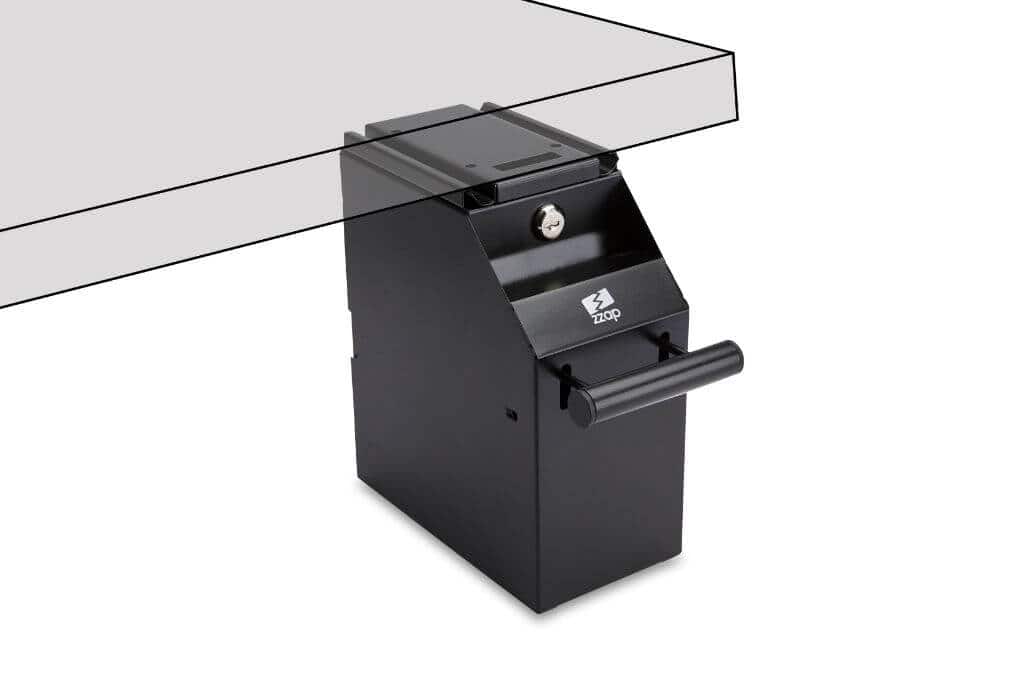
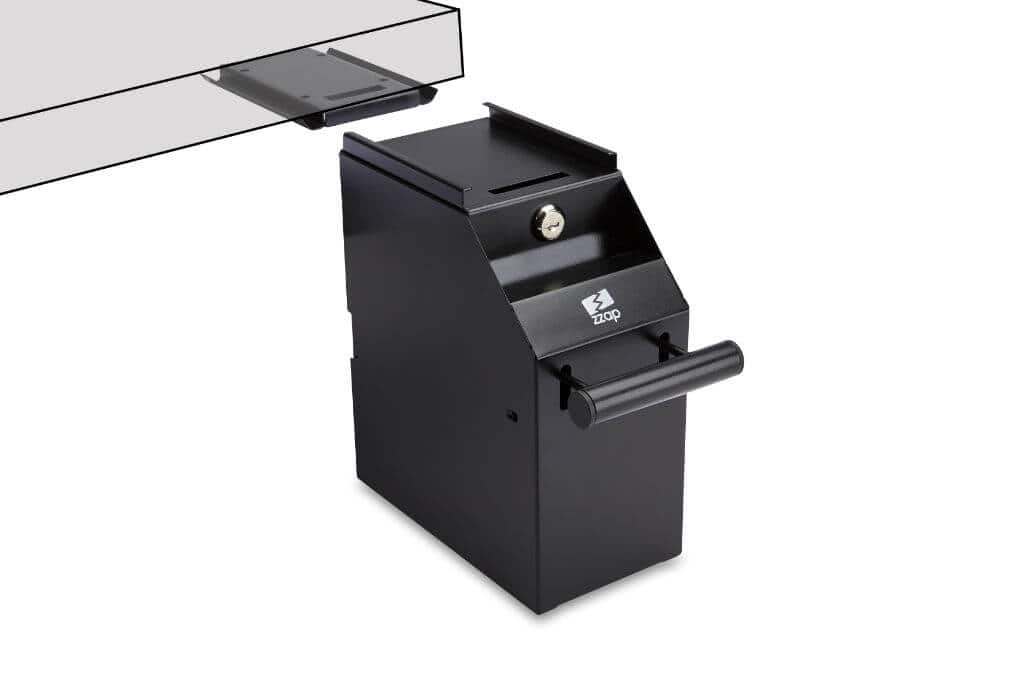
POS safes have various grades of security. Normally the higher priced a safe is the more heavy duty it will be. This typically means locks will be more sturdy and the casing will be thicker. When buying a safe, be sure to stay away from cheap products. They are often made of substandard materials and can be easily broken into. When you consider the amount of money the safe could contain, it is recommended to buy from reputable cash handling specialists such as zzap.com for peace of mind.
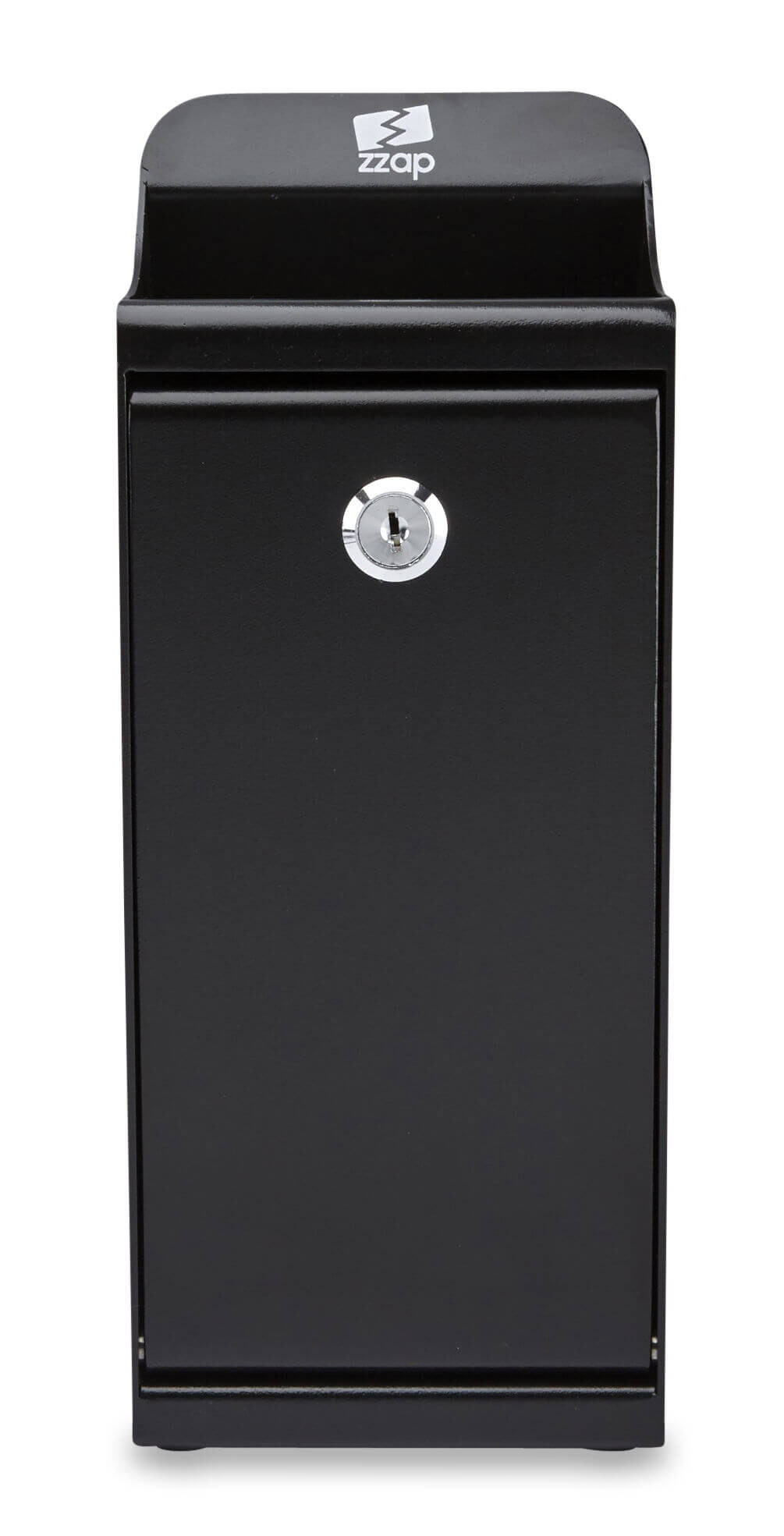
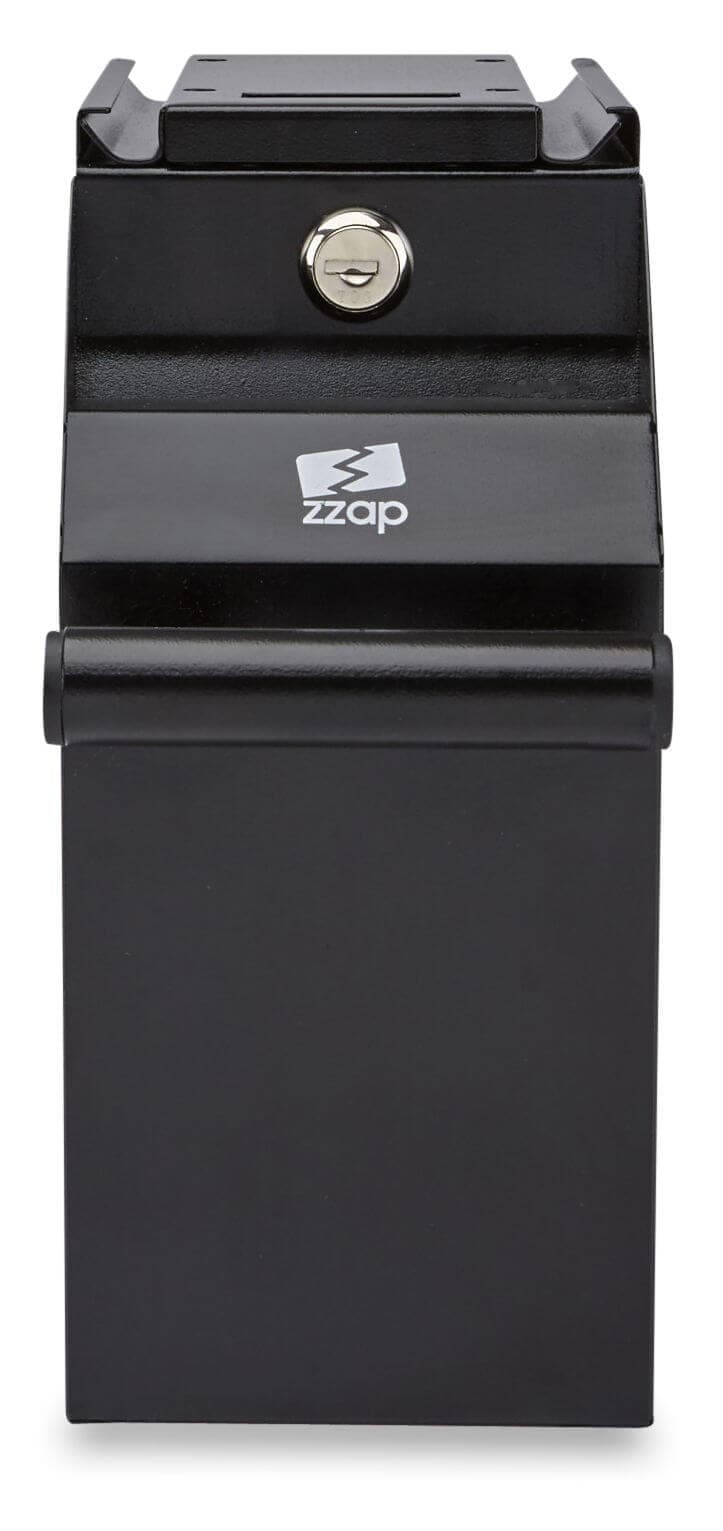
References
https://www.gov.uk/disclosure-barring-service-check
http://www.alertcctvsys.co.uk/can-you-trust-your-staff-we-look-at-the-statistics/
http://www.investigate.uk/profile/articles/employee-theft-in-the-workplace-is-on-the-increase/
http://www.hiscoxbroker.com/shared-documents/2015%20Hiscox%20Embezzlement%20Watchlist.pdf
http://thethrivingsmallbusiness.com/cash-handling-policy/
http://www.ehow.com/info_10052406_practices-handling-cash.html
https://financial.ucsc.edu/Pages/Principles_CashControl.aspx










